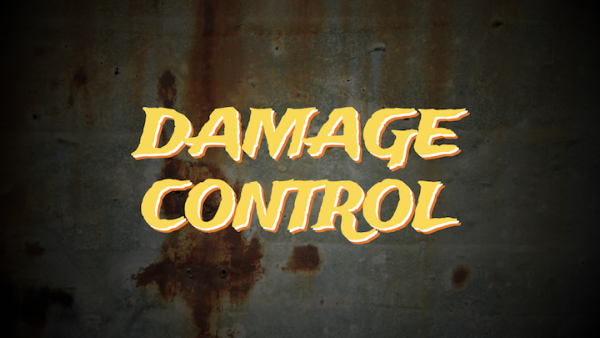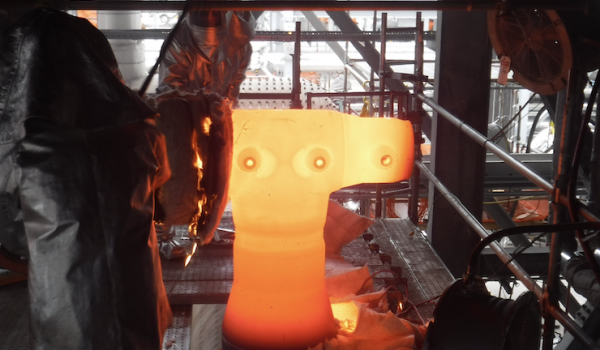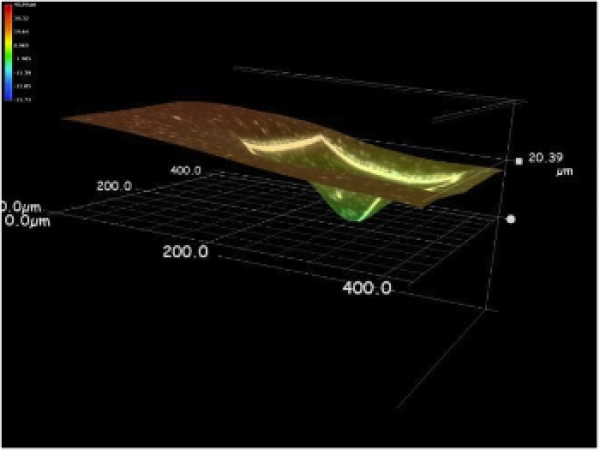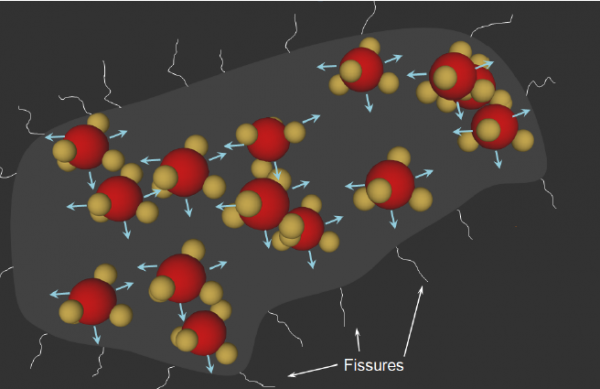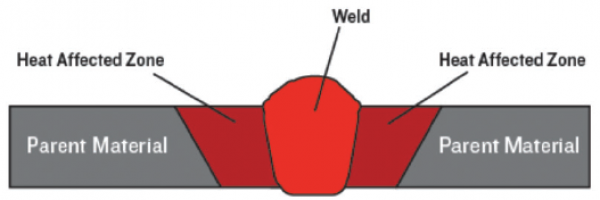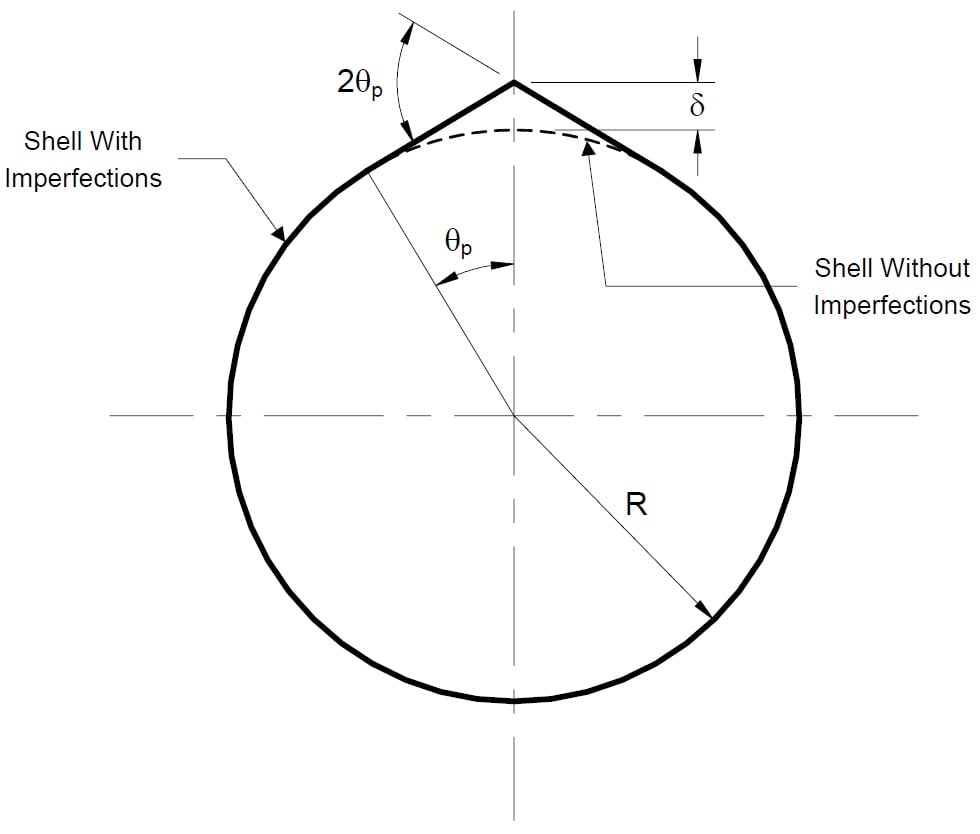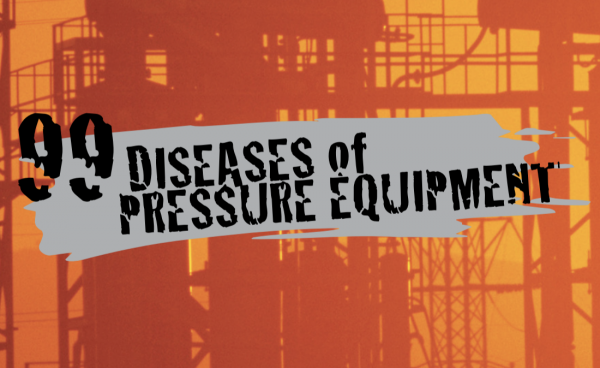The Heat-Affected Zone (HAZ) refers to a non-melted area of metal that has experienced changes in its material properties as a result of exposure to high temperatures. The alterations in material properties are usually a result of welding or high-heat cutting procedures. The HAZ is identified as the area between the weld or cut and the base metal. These areas can vary in size and severity depending on the properties of the materials involved, the intensity and concentration of heat, and the process employed.
What are the Causes of Heat-Affected Zones?
During welding operations, the HAZ may range from small to large depending on the rate of heat input. Welding processes with high rates of heat input (i.e. fast heating) have faster cooler rates compared to welding processes with low rates of heat input (i.e. slow heating) and thus, have smaller HAZs. Conversely, a process with low rates of heat input will result in a larger HAZ. The size of a HAZ also increases as the speed of the welding process decreases. HAZ problems can be mitigated by performing a pre- and/or post-weld heat treatment. Weld geometry also plays a role in the size of the HAZ.
During high-temperature cutting operations, the depth of the HAZ is associated with the cutting process, cutting speed, material properties, and material thickness. Similar to the results of welding processes, cutting processes that operate at high temperatures and slow speeds tend to lead to large HAZs. Furthermore, cutting processes that operate at high speeds tend to reduce the width of the HAZ.
What are the Effects of Heat-Affected Zones?
Because the HAZ experiences sufficient heat for a long enough period of time, the layer undergoes microstructure and property changes that differ from the parent metal. These property changes are usually undesirable and ultimately serve as the weakest part of the component. For example, the microstructural changes can lead to residual stresses, reduced material strength, increased brittleness, and decreased resistance to corrosion and/or cracking. As a result, many failures occur in the HAZ.
Related Topics
Relevant Links
Topic Tools
Share this Topic
Contribute to Definition
We welcome updates to this Integripedia definition from the Inspectioneering community. Click the link below to submit any recommended changes for Inspectioneering's team of editors to review.
Contribute to Definition


